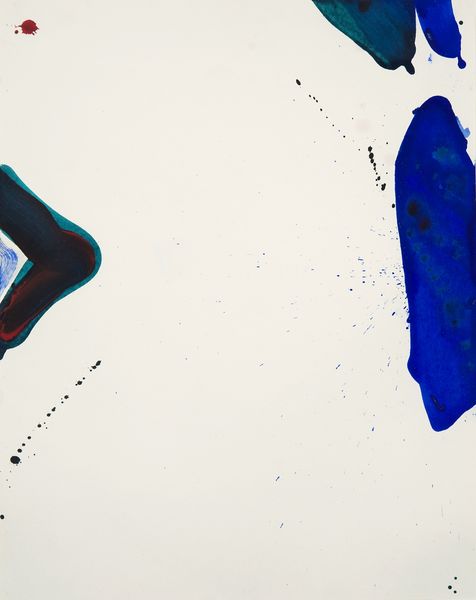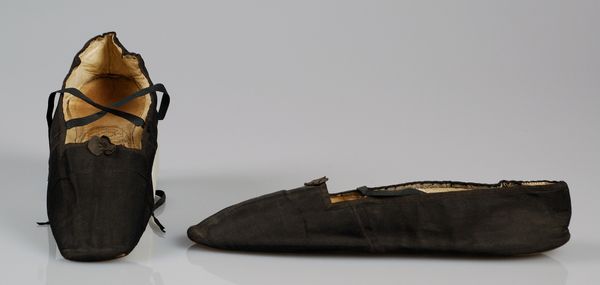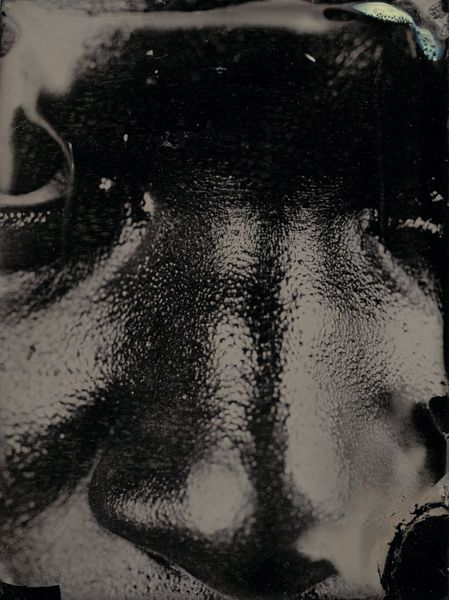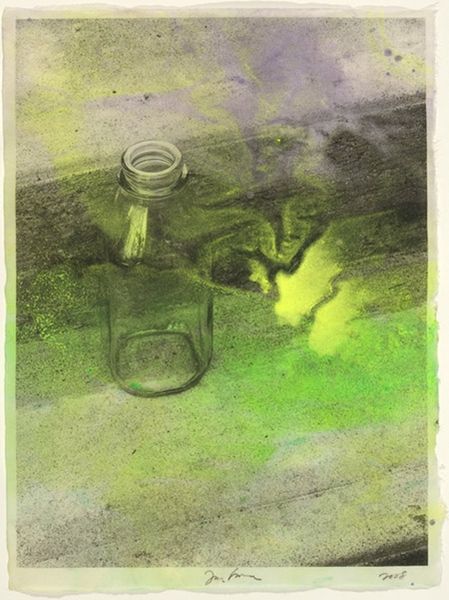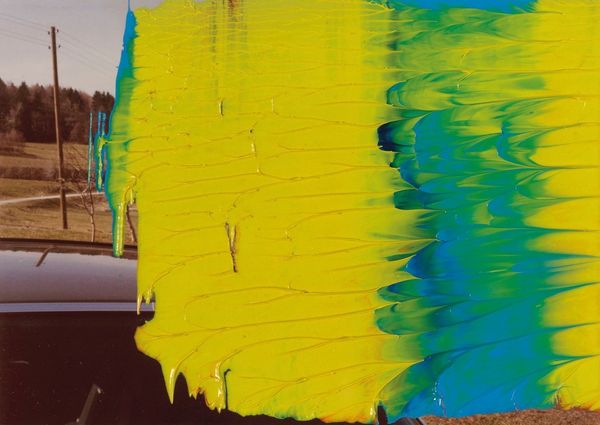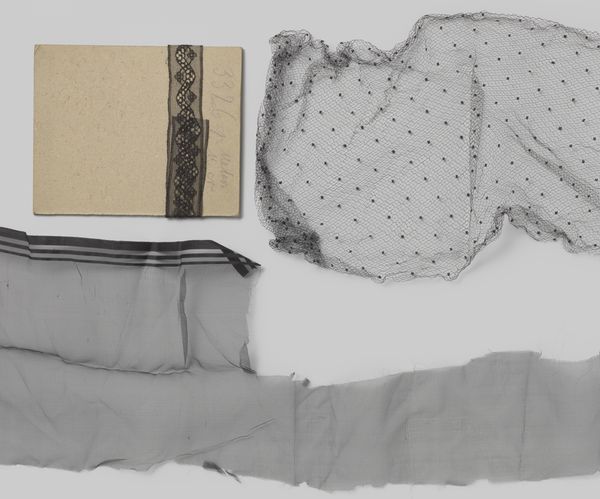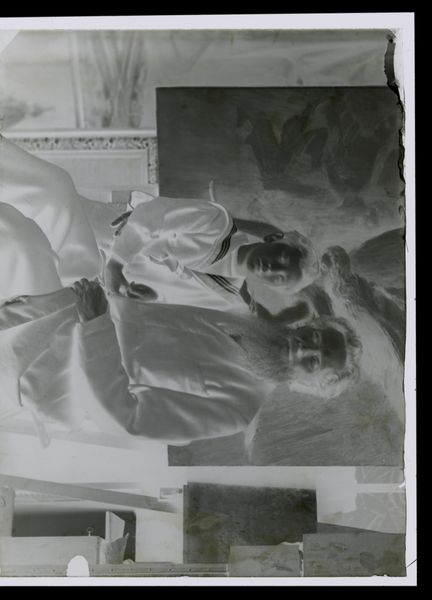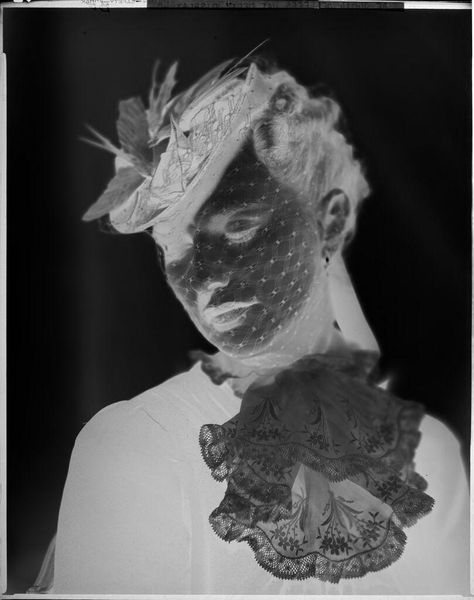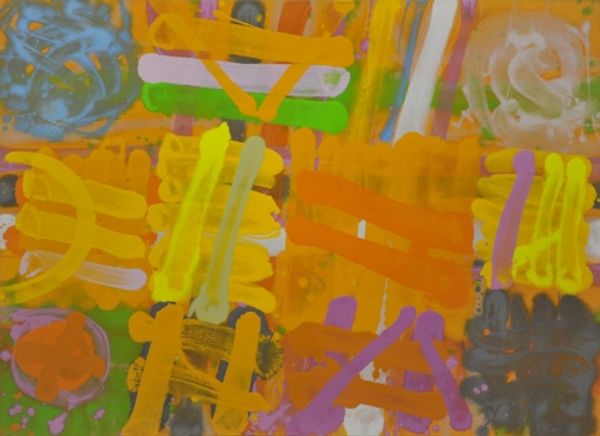
Copyright: Babak-Matveev,Fair Use
Curator: Let's discuss this striking diptych from 2016 by Babak-Matveev, titled "Aidar Battalion Member." These are photographic portraits rendered in a deliberately jarring way. The left panel presents a monochrome figure degraded to near abstraction, while its companion explodes with almost psychedelic color. Editor: It’s…unsettling. The high contrast, particularly in the right panel, evokes pop art, yet the figure, masked and armored, speaks of violence. There is something very iconic and archetypal about this, despite the distortion. The anonymity afforded by the mask pushes me to reflect on identity. Curator: Absolutely. The Aidar Battalion has a controversial history linked to the conflict in Ukraine. Placing this work in the context of post-Soviet identity and contemporary struggles is vital. The subject's obscured face renders the person representative of a broader narrative of resistance and suffering within that political and social context. The work itself then embodies not a portrait of an individual but one of ideological struggle. Editor: The mask obscures the personal, inviting broader interpretations as a symbol. However, it also resonates with very ancient, even universal motifs. This echoes ritualistic masks or death masks used across cultures to negotiate with unknown forces, to become icons of collective or repressed identity, here emerging within very contemporary circumstances. Curator: Precisely. Considering the color choices of the second portrait is essential. We must unpack how they play into representation of identity and perhaps even subversion within conflict, a means for expressing a particular selfhood in extremis. I find this very suggestive of intersectional narratives, particularly how these individuals grapple with gendered and racial stereotypes propagated during conflict. Editor: Thinking of the power and resilience inherent within those images reminds me of how potent colors can be in iconic religious artworks. They have historically, and even psychologically, triggered the faithful to either calm contemplation or emotional displays that facilitate group action, even ecstatic devotion. Curator: That’s a powerful link to draw. Babak-Matveev has truly provided a nuanced work capable of speaking about very pertinent topics, and doing so in ways which challenge the norms of contemporary portraiture. Editor: Yes. The echoes and divergences between those traditions highlight, to me, how art serves to create both cultural continuity and disruptive emotional response.
Comments
No comments
Be the first to comment and join the conversation on the ultimate creative platform.
